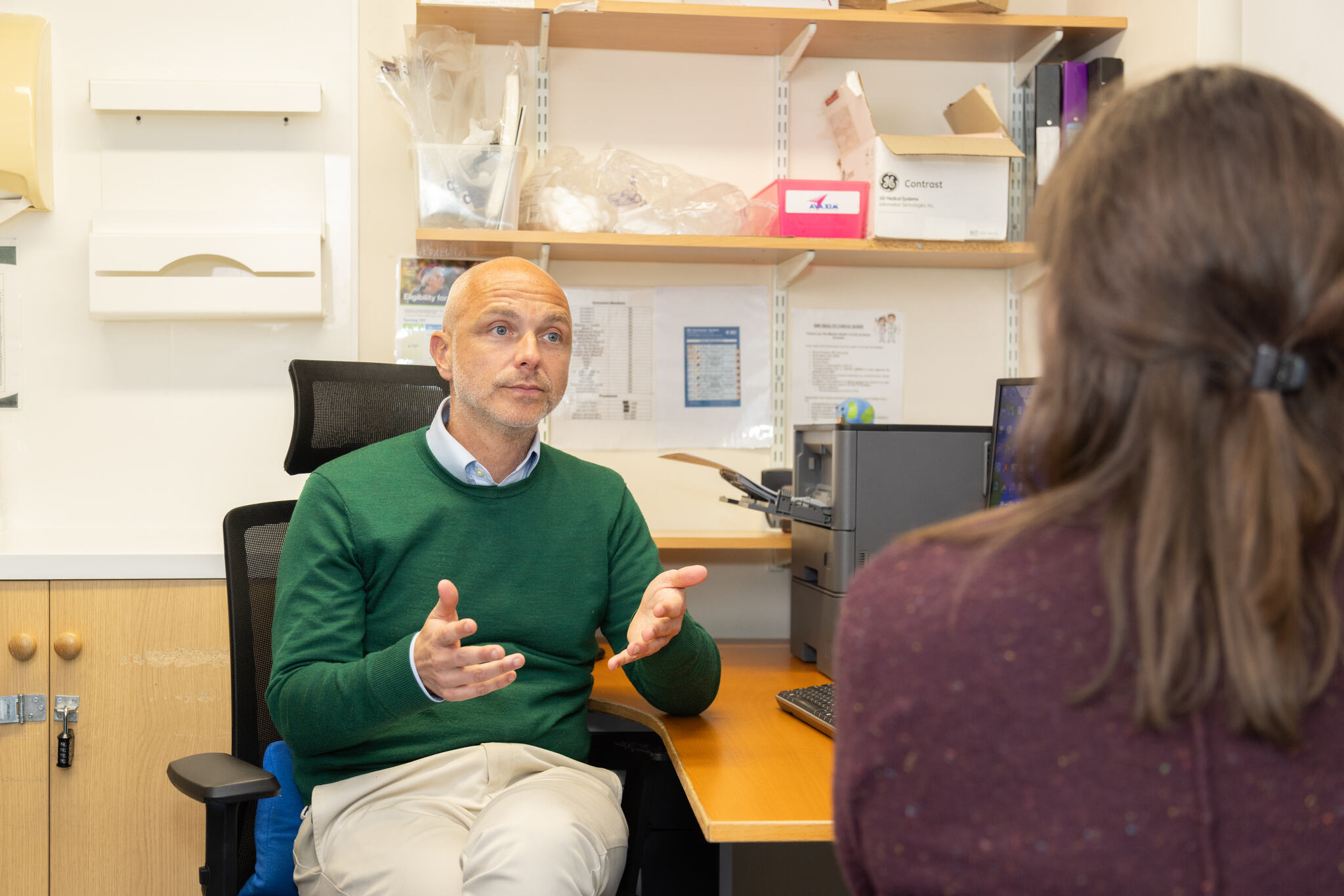We’re taking on the toughest cancer
When you begin a race from behind, you have two choices. To remain behind or run faster. To do nothing. Or do more.
Pancreatic cancer is the deadliest common cancer. More than half of people die within three months of diagnosis. With research underfunded and left behind, people are left with only hope to hang on to.
Why hasn’t survival improved?
Survival for pancreatic cancer has barely improved in the last 50 years.
In the UK, pancreatic cancer receives just 3% of the total research budget. As a result, it’s still too difficult to diagnose and treat.
And diagnosis often comes too late. That’s because symptoms are vague and may not appear until the disease is at an advanced stage. People often see their doctor several times before they are finally referred for tests, which means they experience unnecessary delays in diagnosis and wait too long for treatment to start.
There are also too few effective treatment options for pancreatic cancer. Many people are simply too unwell when diagnosed to start treatment at all.
How many people are affected?
Around 10,500 people a year are diagnosed with pancreatic cancer in the UK, but it has the lowest cancer survival rate with around 9,000 dying every year.
7 in 10 people with pancreatic cancer will receive no active treatment and 9 out of 10 are diagnosed too late for surgery – the only current treatment that can potentially cure the disease.
By 2026, more people will die from pancreatic cancer than from breast cancer.
Why has pancreatic cancer been left behind?
Governments across the UK have failed to make pancreatic cancer a priority. Too difficult? Too challenging? For whatever reason, despite massive progress treating other common cancers, pancreatic cancer has been left behind.
Since 2006, we have worked tirelessly to change this. And we’ve seen great progress in recent years. Our challenge is to make sure this progress not only persists, but accelerates. We need the world to give this disease the attention – and, above all, the action – it demands.
We are done with playing catch up.
Thanks to you, our amazing supporters, we are determined to do more. By working together, our actions will transform the future for people with pancreatic cancer.
Latest news



3 July 2025
Our response to the Government’s new 10 Year Health Plan for England



19 June 2025
Four things we’ve learnt about immunotherapy for pancreatic cancer
Our Grand Challenge award researchers explored the best way to use immunotherapy alongside other promising new treatments for pancreatic cancer. Here ...



18 June 2025
NHS launches new initiative to identify people with diabetes at risk of pancreatic cancer
We're proud to have worked with the NHS to develop a new case-finding pilot, which could help improve the early detection of pancreatic cancer and ena...

